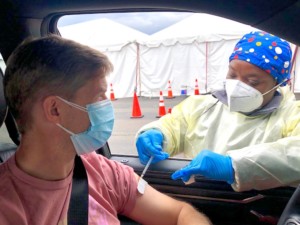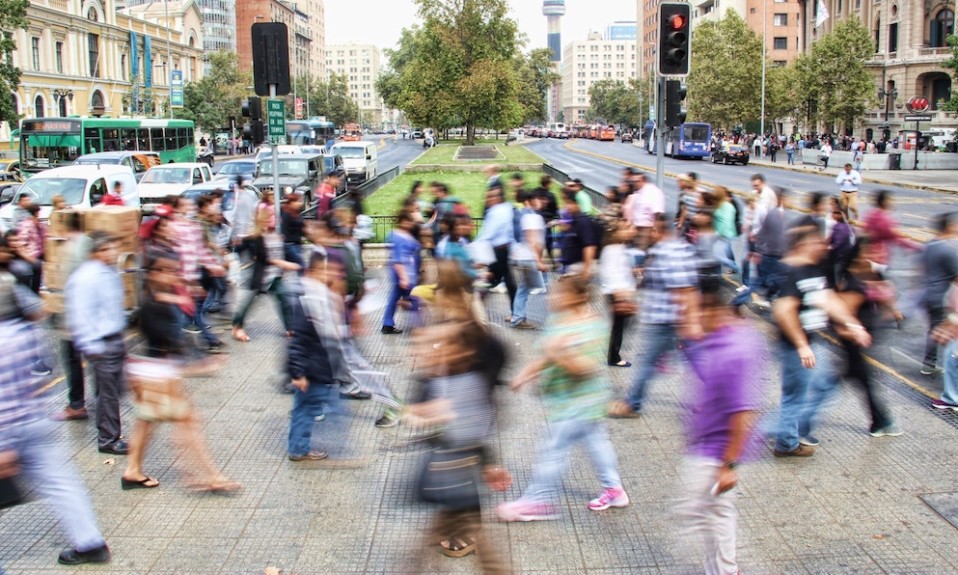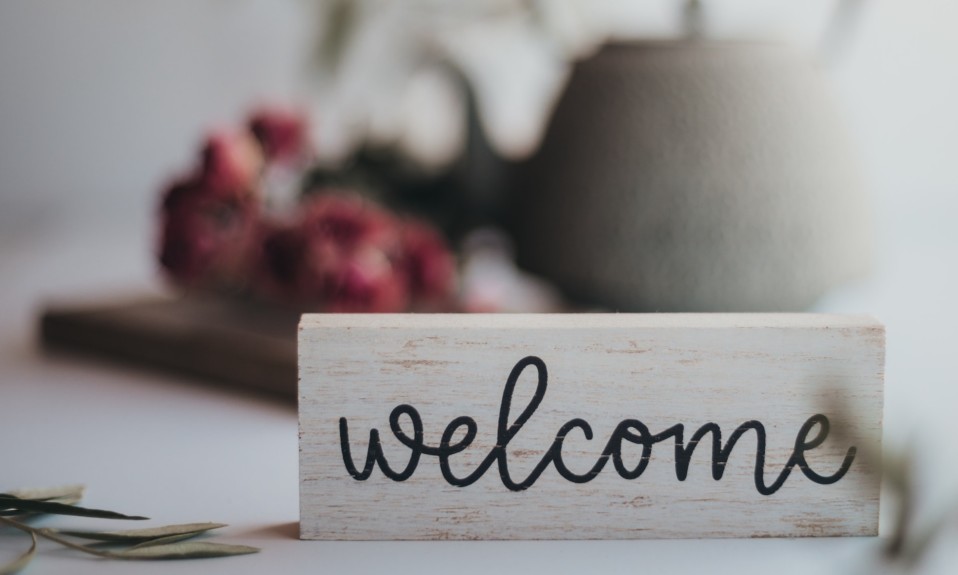In the elusive search for answers in healing those with addiction, the simple concept of connectivity is one that should be more strongly considered
This post is reprinted with permission from one of TreatmentMagazine.com’s go-to blogs about addiction, treatment and recovery: Recovery Review.
By David McCartney
In Scotland we have the highest number of drug-related deaths in Europe, perhaps in the world. We had a shameful 1,399 drug-related deaths in 2020. Our alcohol-related deaths are also alarming. A lot of effort and resource is going into tackling the issue which we hope will make a difference. There are calls for much more to be done. What else can we do though? What is missing? Could there be a non-medical, simple-to-implement intervention that would make a difference?
Getting Plugged In
The concept I’m contemplating is simple and it’s not my idea. It’s this: healthy social networks (the people we connect with) are protective. Improving social networks brings gains in physical and mental health. People suffering with addiction frequently have damaged or unhealthy social networks. They are often dislocated and estranged or excluded from being active community members. Connecting them back into supportive networks is likely to be of benefit. As I say, there is existing evidence on this, though there are serious questions about how far it has penetrated into the practice of treatment providers or commissioners.
If we look at existing research, there’s no better place to start than examining the impact of social networks on longevity and wellbeing. In 2010, Julianne Holt-Lunstad and her colleagues undertook an impressive meta-analysis (massive review of the evidence available) to see how social relationships influenced mortality. They found a protective effect for those with stronger social relationships. In fact, for this group there was a 50% increased likelihood of survival. In medical terms, this is a very large effect – similar to stopping smoking. You want to live longer? Get lots of friends.
The announcement of a vaccine against COVID-19 generated phenomenal interest and jubilation. Hope began to be generated. Could we ‘vaccinate’ against drug and alcohol deaths by connecting those who use our services to mutual aid and other community recovery resources?”
Mark Litt and his colleagues explored this concept in alcohol-dependent men and women in 2009. In a high-quality trial, they tested out linking individuals into new pro-abstinence networks vs. other established treatments and found that those who formed new connections (in mutual aid) did better than established treatments. A stunning finding was that “the addition of just one abstinent person to a social network increased the probability of abstinence for the next year by 27%.”
Litt found that drinkers’ social networks can be changed by a treatment that is specifically designed to do so, and that these changes contribute to improved drinking outcomes.
A recent Cochrane review of the impact of Alcoholics Anonymous and interventions to help people get connected to it scotched many of the myths that sceptics attach to mutual aid.
So How Are We Doing on This Front?
If we could get this sort of impact from medication in alcohol treatment settings, we’d be very happy, and if you are like me, you’ll be thinking, Let’s go for it. Yet when commissioners asked 250 addiction treatment service users in Edinburgh in 2010 how many of them had ever been to a mutual aid group, the answer was less than 1%.
This is pretty dismal. In 2010, we weren’t doing very well in the city of Edinburgh. My hope is that if this was repeated today, we’d see an improvement. But we don’t know, because nobody is measuring how effectively we are connecting our clients to community recovery supports like mutual aid and lived experience recovery organizations (LEROs). This suggests that we don’t rate this kind of intervention as being relevant to our fight against drug deaths.
Getting Equipped for Recovery
There are two papers recent papers that caught my eye which are relevant to this topic and are worth a read. I’m not going to analyze them here, but I will pick out some key points. In the first—“Are members of mutual aid groups better equipped for addiction recovery?”—Thomas Martinelli and colleagues interviewed 367 people in recovery from drug addiction and looked at how membership of mutual aid groups related to things like social networks, recovery capital and commitment to sobriety.
They recruited the participants in Belgium, the Netherlands and the UK by a variety of methods including social media, newsletters, conferences, posters, flyers, magazines and by contacting prevention and treatment organizations. Participants self-identified as being in recovery for at least three months and completed a questionnaire.
There is no single answer. What I am saying is that we ought to vigorously test out the social contagion/social networking model as part of the range of interventions we are currently adopting—the evidence is already strong and accumulating.”
Findings
Interestingly, 69% reported membership of mutual aid groups at some point. When lifetime mutual aid members were compared with non-mutual aid members, some differences appeared with significant benefits to the mutual aid group members. These were identified in things like: paid employment (64% vs. 45%); abstinence from drugs (94% vs. 75%) and abstinence from alcohol (81% vs. 52%).
For those who were using drugs or alcohol, using days and drinking days were three times higher in the non-mutual aid group. There were strong associations with improved social networks, increased recovery capital (and ability to sustain recovery) and commitment to recovery for mutual aid group members. Those who were current members of mutual aid groups consistently reported more resources than those who had been members in the past. The benefits were greatest for members of 12-step groups, but positive outcomes did extend to non 12-step groups too.
Bottom line? “[T]he expanding evidence on the benefits of mutual aid group participation should justify further exploration of its inclusion into system-wide practice of addiction services and to encourage services to refer to mutual aid groups.”
Getting a Dose of Recovery
In the other paper, which focuses on the negative issues associated with social networks, “Social network theory—an underutilized opportunity to align innovative methods with the demands of the opioid epidemic,” Christina Cutter and colleagues point out that demand for opioid use arising from social networks and environment is an important contributing factor to the current opioid crisis.
Previous research on behaviors shows cluster effects (e.g., around obesity, suggesting that if you want to lose weight, you should hang around with thin friends). They recommend that we explore the “social contagion model,” an approach which puts forward that behaviors develop through role modelling and spread as if they are infective.

Their argument focuses on the problem (how opiate addiction spreads) and they express how understanding and exploration of this could help develop new strategies. They powerfully describe the issue of “social networks of despair” arising from overdoses and deaths, but they also shine a light, turning things around and presenting the opportunity for the social contagion model to operate as a catalyst for recovery. I often paraphrase this as, “If you hang around people in recovery long enough, you are likely to catch a dose of it.”
Indeed, the authors give mutual aid (AA) as an example of how this is done. After all, AA has now been shown to be as effective, if not more effective, than other evidence-based psychosocial interventions. Fittingly for these times, Cutter et al extend the contagion model and highlight the process for a cure: “Here the ‘vaccine’ would not be a pharmacologic injection, but rather a multidisciplinary, cross-sector strategy to combat the spread of opioid overdose and related death similar to public health interventions aimed at combating the spread of an infectious disease.”
At the time, the announcement of a vaccine against COVID-19 generated phenomenal interest and jubilation. Hope began to be generated. Could we “vaccinate” against drug and alcohol deaths by connecting those who use our services to mutual aid and other community recovery resources? From what we know, this would likely have a very significant impact on outcomes compared to most interventions.
Based on the evidence, connection to mutual aid is already recommended in our drugs strategy, by NICE and in the Orange Book National Clinical Guidelines as well as the ACDM report onMedications in Recovery. But is it happening?
We don’t have to reinvent the wheel here. Public Health England have a great toolkit available to make this easy. I recommend it strongly.
Now, I’m not claiming this approach as an answer to our opiate (and alcohol) deaths. There is no single answer. What I am saying is that we ought to vigorously test out the social contagion/social networking model as part of the range of interventions we are currently adopting—the evidence is already strong and accumulating.
I’d like to see this approach at the heart of all of our interventions and have services held to account on how effectively they link service users into new social networks. I’d like to see some research exploring the impact of adopting a vigorous approach to this. Then I think we would really see change.
This Recovery Review post is by David McCartney, who is an addiction medicine specialist and Clinical Lead at LEAP, a quasi-residential therapeutic community addiction treatment program in Scotland. He trained as a family medicine practitioner and spent much of his career in practice in inner-city Glasgow. Having retrained in addictions, he now works exclusively in the field and until recently was an advisor to the Scottish government on drugs policy. He is a member of the Royal College of General Practitioners. His opinions expressed here don’t necessarily represent the views of his employer. Find more of his writing, as well as a thought-provoking range of articles, insights and expert opinions on treatment and addiction, at RecoveryReview.com.blog.
Top photo: Mauro Mora; bottom photo: Alex Mecl














